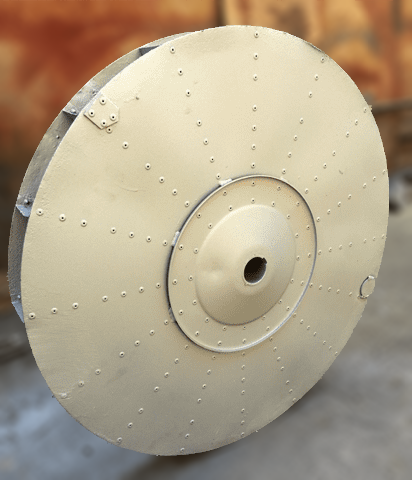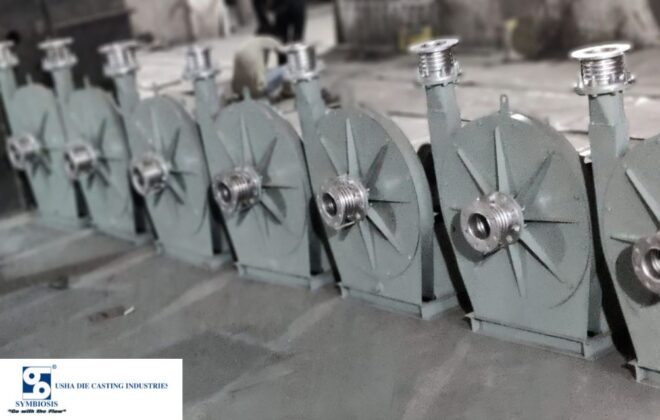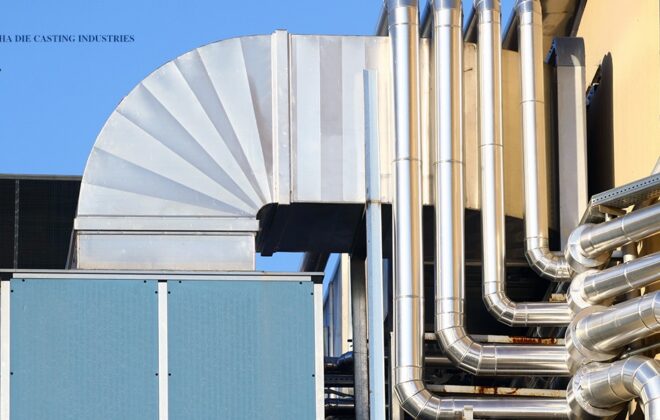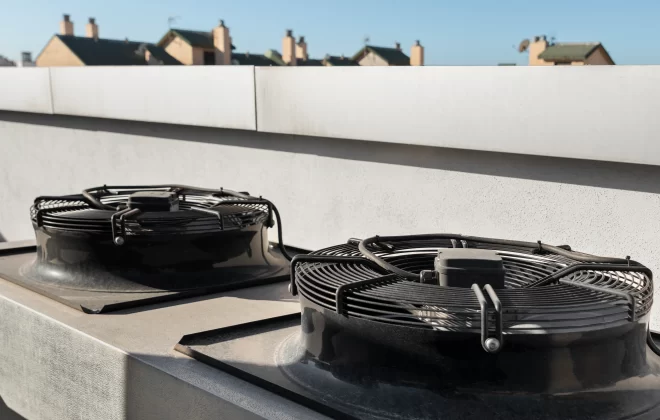Impeller Balancing and Maintenance Procedure
If you’ve used your industrial equipment for a considerable period of time, abrasive & corrosive environments tend to reduce the operational life of its vital components (i.e. Impellers). That’s why regular maintenance through clearance checks, adjustments, and Impeller Balancing is necessary to save you from replacing the impeller in your industrial equipment. It also helps in:
- Maintaining the good performance of your industrial equipment,
- Extend its life.

So let us see – What is Impeller Balancing? Why and how do you balance an impeller?
What is Impeller Balancing?
Impeller Balancing is the process of minimizing vibration, noise, and bearing wear of rotating bodies. Impellers and pumps require proper Impeller Balancing to prevent cavitation. The impeller in a centrifugal pump must rotate in the correct direction. Pumps with a single electrical source do not have a problem achieving proper direction, but a three-phase electrical source must have the proper sequences of the three wires supplying power.
Why do you balance an impeller?
- Impeller Balancing can prevent the vibration, while increasing efficiency. For ex. Without providing balance to pumps – noise can’t be reduced, higher operating speeds can’t be achieved and bearing life of pump shortens. By being slightly off, the level of efficiency reduces the pump input power, putting an end to energy wastage. This can also lead to accidents to servicemen and employees.
- Thus Impeller Balancing ensures that the speed and efficiency of equipment meets company standards, while protecting against cavitation.
- Balancing is always one of the most cost effective ways of ensuring quality of equipment.
How do you balance an impeller?
- Impeller Balancing involves adjusting the impeller that zeros out unbalance and eccentricity. To balance a single plane imbalance, weight needs to be evenly distributed. In a two plane unbalance (also known as couple unbalance) it is corrected by adding two correction weights equidistant from each other. For both single plane and two plane unbalance, this is called ‘Dynamic unbalance’ and is corrected by repairing both eccentricity from the static unbalance and the wobbly movement.
- Consider the guidelines of standard balance grade, issued by the International Standards Organization to configure static and couple unbalance tolerances.
- The Impeller Balancing instrument customizes the level of automation with an easy to use touch screen to guide the precision tool for short and long impellers.

Moving on to the next part, alongside let us also see – How to maintain an Impeller?
Impeller Maintenance is mainly about cleaning impellers regularly with a view to ensure they have a healthy lifespan. Failure to maintain an Impeller Balancing will eventually make it clogged with gunge, overheat and block. Hence it is advisable to constantly verify the impeller to ensure that it is kept clean.
If material, dust, greasy substances, etc. are allowed to build upon the rotor, it will become unbalanced; thereby causing damage to the driving members and/or electric motor. When cleaning the rotor, make sure you thoroughly clean every single part residues left in confined spots may cause more unbalancing than a uniform layer of dirt.
- First of all, read the instructions from the equipment’s manual specification to know about the Impeller Clearance. They often explain how the impeller is accessed and how to clean impeller. In the absence of it, you’ll need to follow some basic tips as mentioned below.
- Cleaning an impeller is simple and requires few specialist tools. Tweezers and a cotton bud are usually enough. However, the job requires confidence. So it is advisable to consult an expert for the same before you decide to do it on your own.
- Always turn your equipment off and unplug it before you start with impeller clearance.
- Just be particularly careful not to twist the impeller as you pull it out, as this can snap either the blades or the shaft.
- Once out, wipe the impeller with a soft-bristled brush — an old toothbrush is an ideal tool here. If any of the part is covered in brown biofilm, which may also have stubborn calcium deposits; take help of Vinegar to soften it.
- If the impeller is encrusted, clean it carefully in all its parts. Use a metal brush and an aspirator to remove all the material.
If it is necessary to remove the impeller, act as follow:
- Loosen the bolts (or nuts) intended to fasten the nozzle to the fan side and remove it.
- Remove the screw and the washers intended to fasten the impeller to the motor shaft. Use an extractor to remove the impeller from the shaft.
- Act in the reverse order for the assembly.
- Make sure you rinse off the impeller before reassembling everything.
- When reassembling, if any parts seem to feel stuck or isn’t going into place something, often the shaft, may be snagged or misaligned. Don’t force it, but inspect the parts to make sure they’re slotting together correctly before trying again.
It is recommended to ensure at regular intervals (i.e. every four months) that all the bolts are firmly tightened and special attention should be paid to the fastening screw of the impeller on the motor shaft.
Following the tips outlined above will help you increase the efficiency of your industrial equipment, without having to spend on repair or replacement.
Related Posts
Recent Posts
- Solving Ventilation Challenges in the Ceramic Industry with Symbiosis Blowerfab
- Commercial Kitchen Ventilation Systems: A Complete Guide for Restaurants
- 6 Ways Air Washer Systems Enhance Efficiency in Industrial Processes
- 6 Ways to Ensure Adequate Air Ventilation in Battery Manufacturing Industry
- 4 Ways Industrial Blowers and Fans Enhance Efficiency in Automotive Industry




